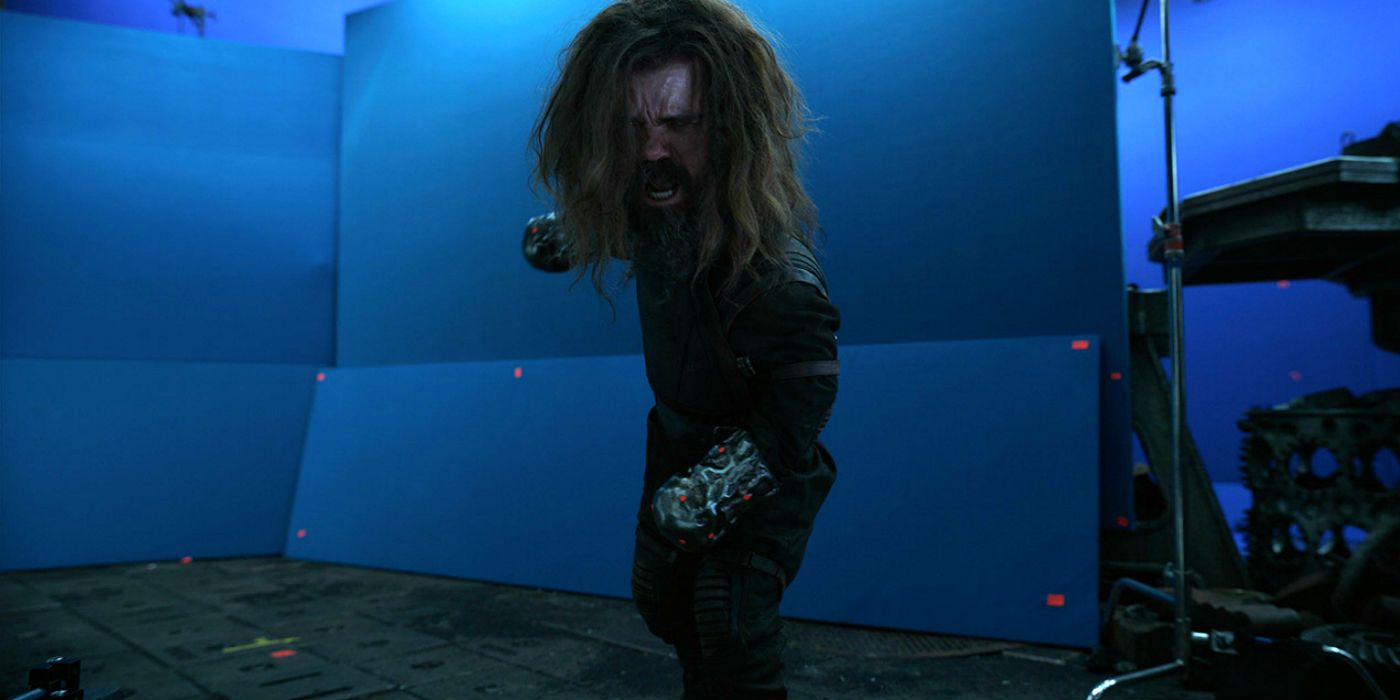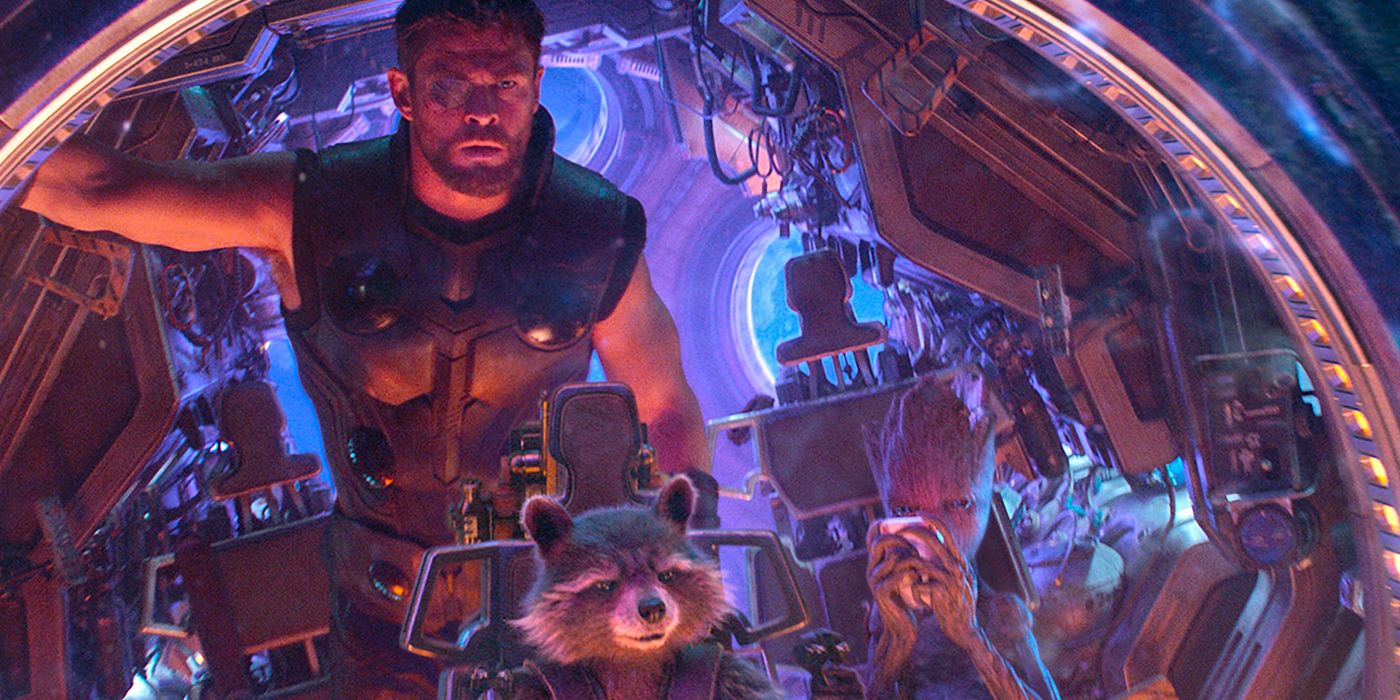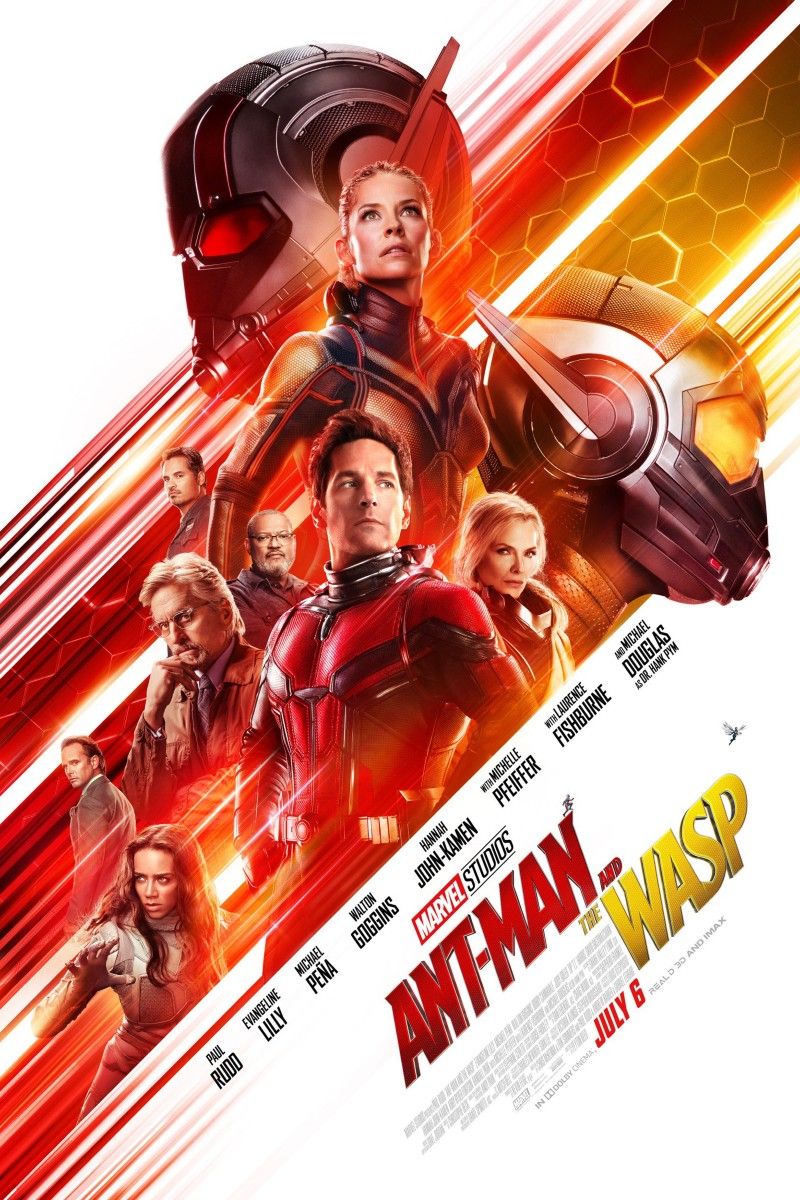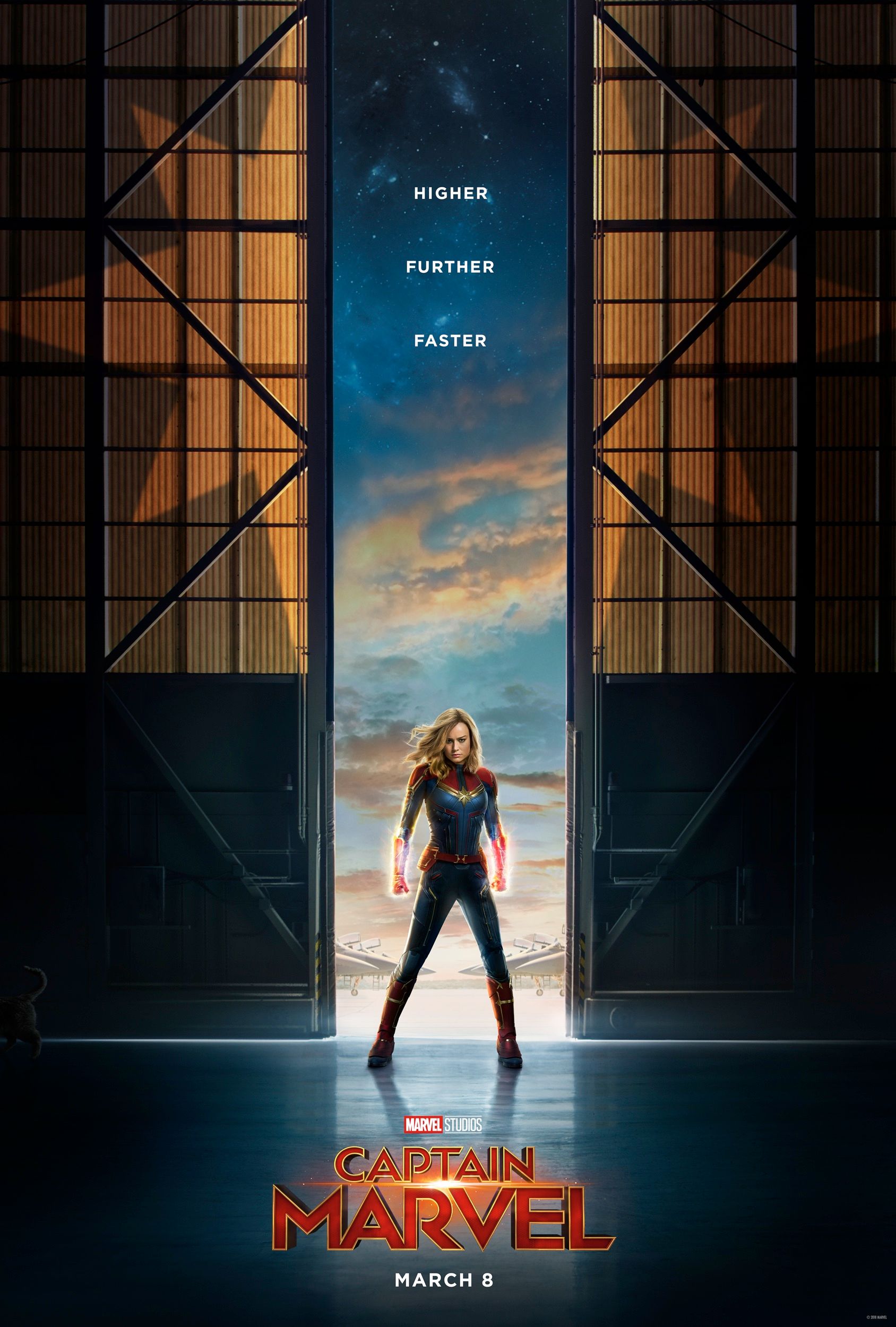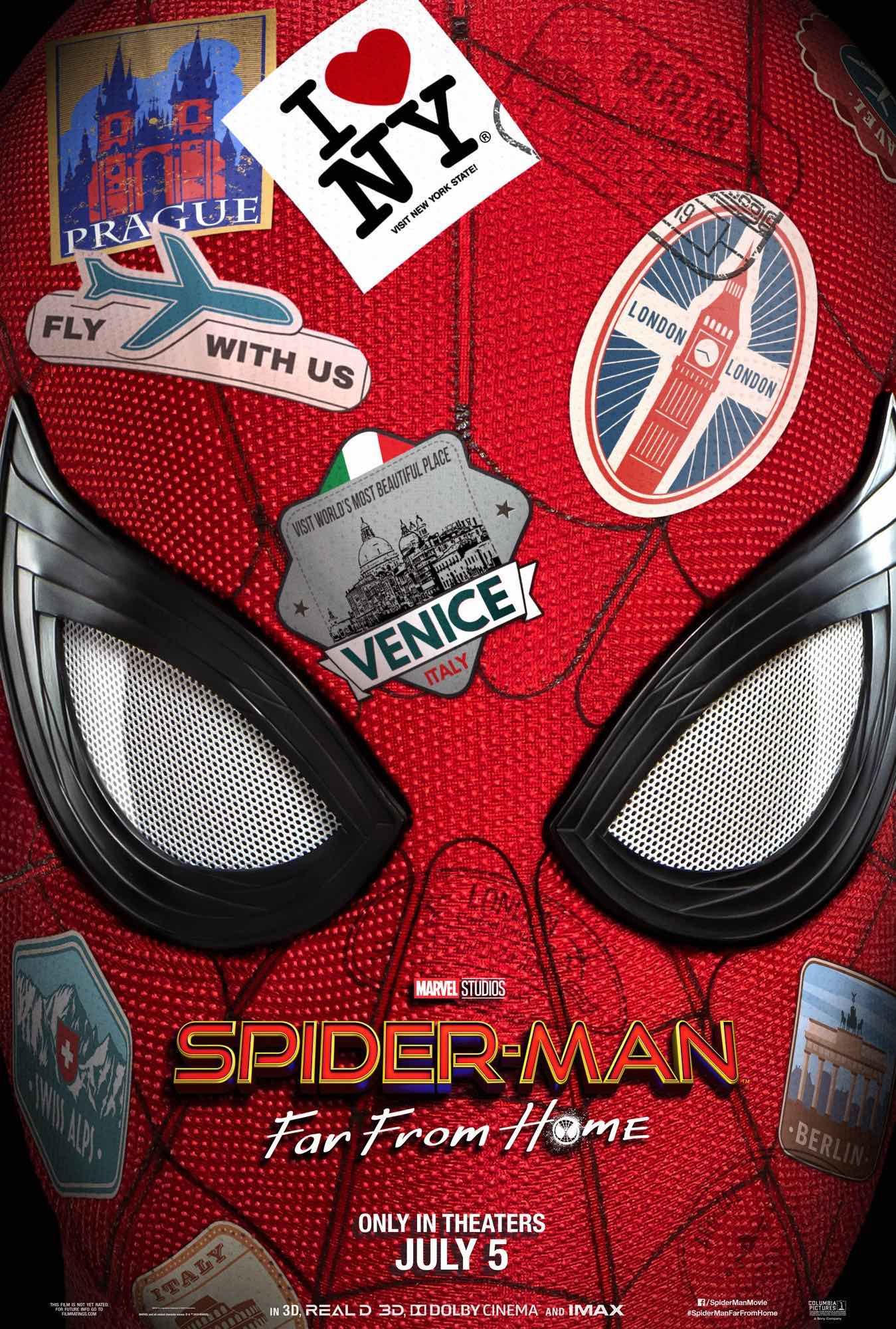Avengers: Infinity War had a few surprises up its sleeve for fans - among them, the reveal of Game of Thrones star Peter Dinklage as Eitri, the dwarf who forged Mjolnir and the Infinity Gauntlet. Thor takes Rocket and Groot to Nidavellir, home of the dwarfs, to obtain a weapon capable of defeating Thanos. However, when the heroes arrive they find that the massive star-forge is cold, the dwarfs have been killed, and Eitri's hands have been encased in metal. Oh, and it turns out that dwarfs in the Marvel Cinematic Universe are actually ten feet tall.
Though Marvel movies have been criticized for their sub-par CGI in the past, Infinity War boasted some pretty impressive effects - most notably, the new and improved version of Thanos. Now that the movie is out and the veil of secrecy has been lifted, we can learn more about how some of Infinity War's core special effects were achieved.
Related: Infinity War Theory: Loki Was Posing As Bruce Banner
Speaking to Art Of VFX, Method Studios' VFX supervisor Greg Steele explained in detail how the sequences set in Nidavellir were created. Given the amount of VFX that Infinity War demanded, the workload was divided across several different studios, and Method worked on the portions of the film featuring Thor, Groot and Rocket's quest. For Eitri's scenes, the size difference between Eitri and Thor was created using the old-school filmmaking technique of forced perspective:
For those shots, because of time challenges with the talent, the directors were willing to restrict themselves to nodal camera moves [a fixed, rotating camera], which would allow us to quickly move through fairly simple forced perspective setups of the A and B sides of the shot. We would shoot the A side with Thor, then in the same place on set and in the same lighting conditions, we would bring in some portable bluescreens and shoot the Eitri plate, accounting for the scale differences by scaling down the camera relationship to the origin point that Eitri was standing on.
Of course, Infinity War directors Anthony and Joe Russo couldn't use nodal camera moves throughout all of Eitri's scenes. During the moments when the characters are moving through the environment, what you see on screen is a "digi-double" (a CG version of Eitri created using motion capture). Method also created the teenage version of Groot, based on video references of Animation Supervisor Keith Roberts' 15 year-old son. "The drooped head, and long dangly arms of someone growing into their teenage body really captured the teen angst [Visual Effects Supervisor Dan DeLeeuw] was looking for," Steele explains.
Altogether, Method Studios created 410 VFX shots for Avengers: Infinity War, with a team of around 220 people - and that was just for one of the movie's storylines! Be sure to check out the full interview for more details of how the team brought Groot and Rocket to life, and how they designed the various Nidavellir setpieces.
More: Every Record Avengers: Infinity War Has Broken
Source: Art of VFX (via CBR)

